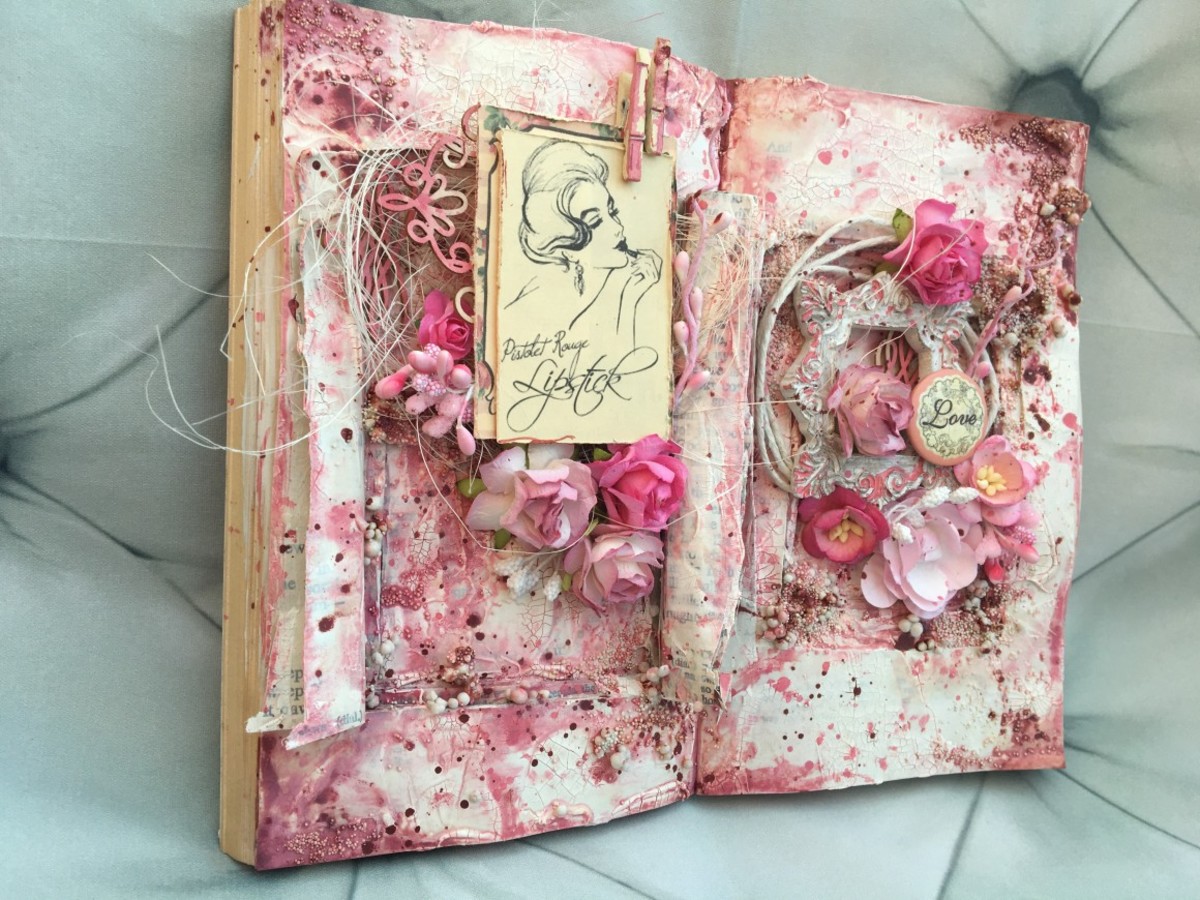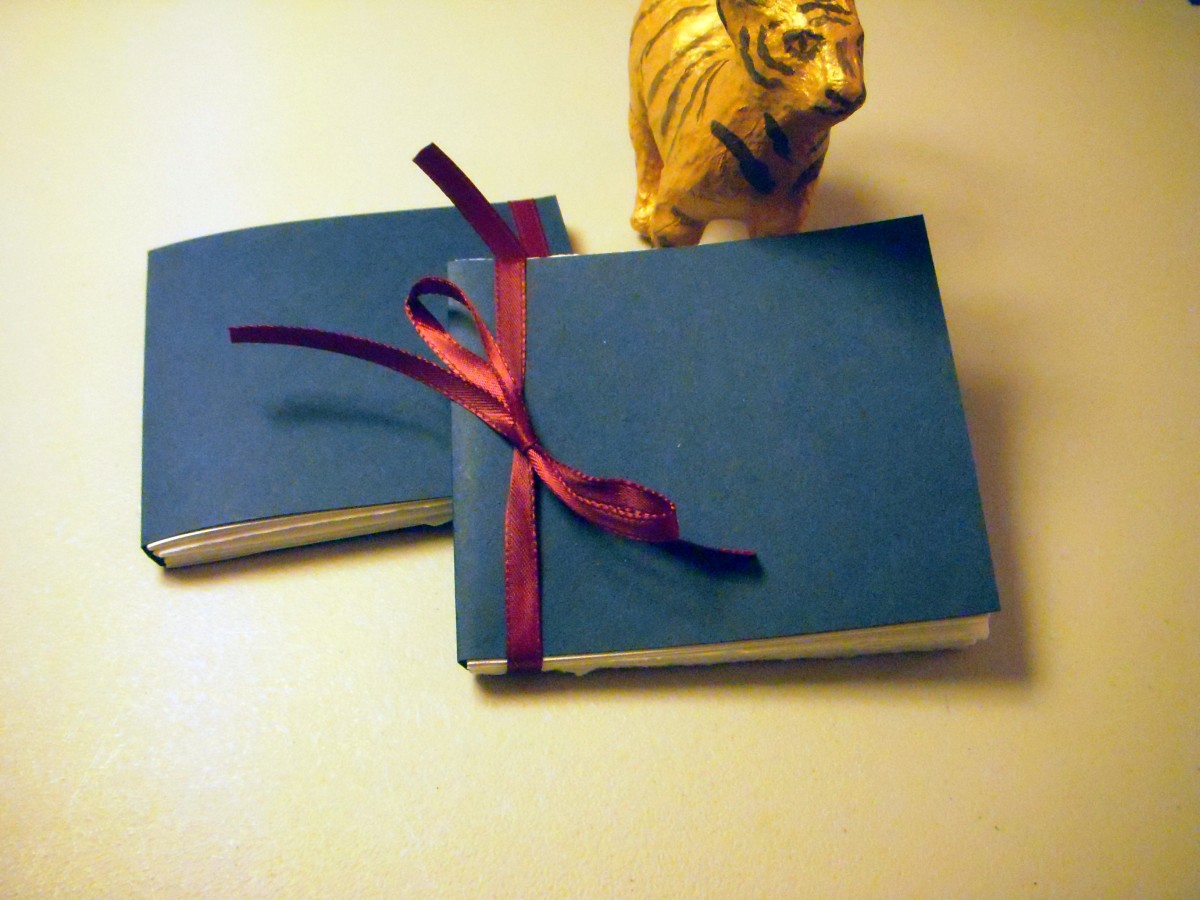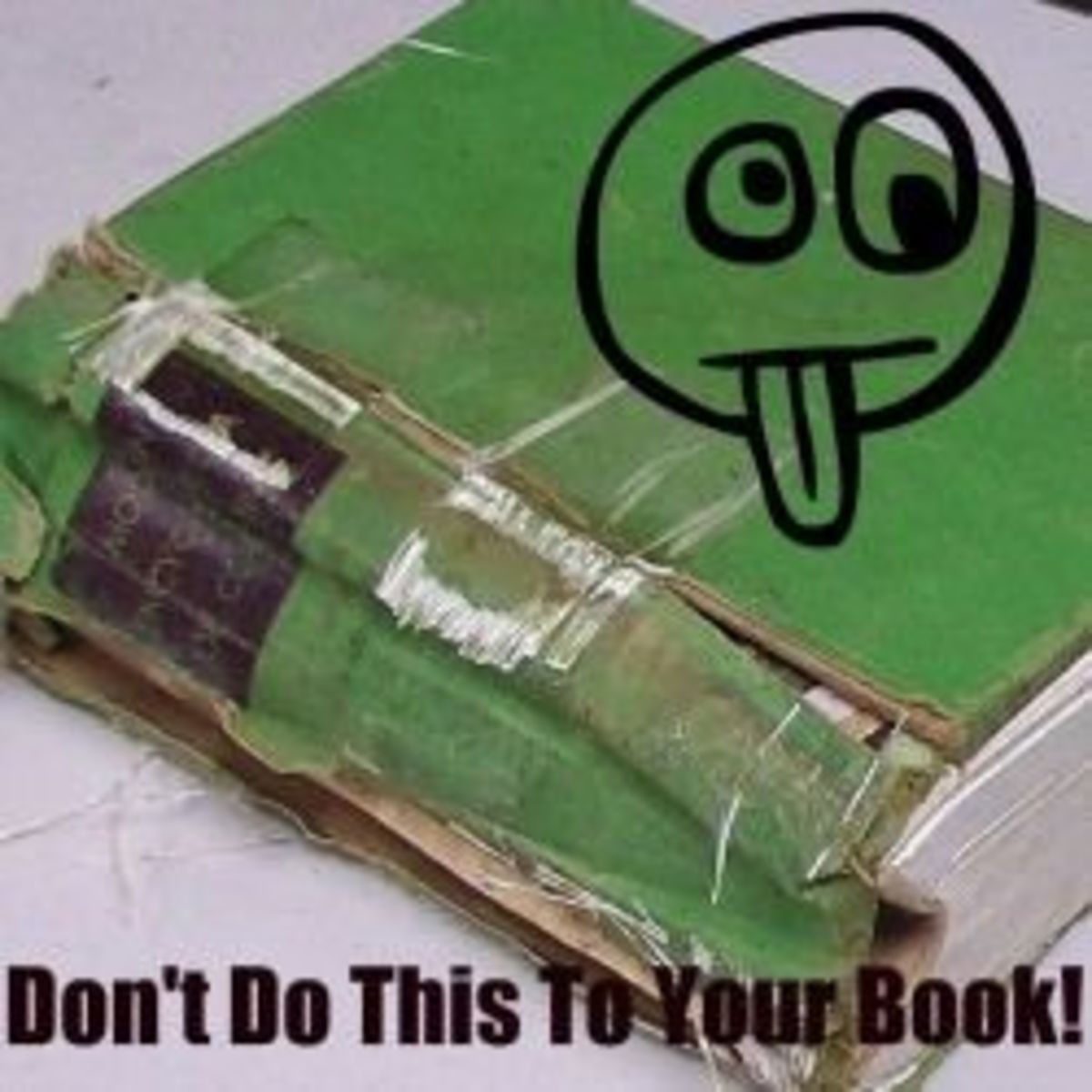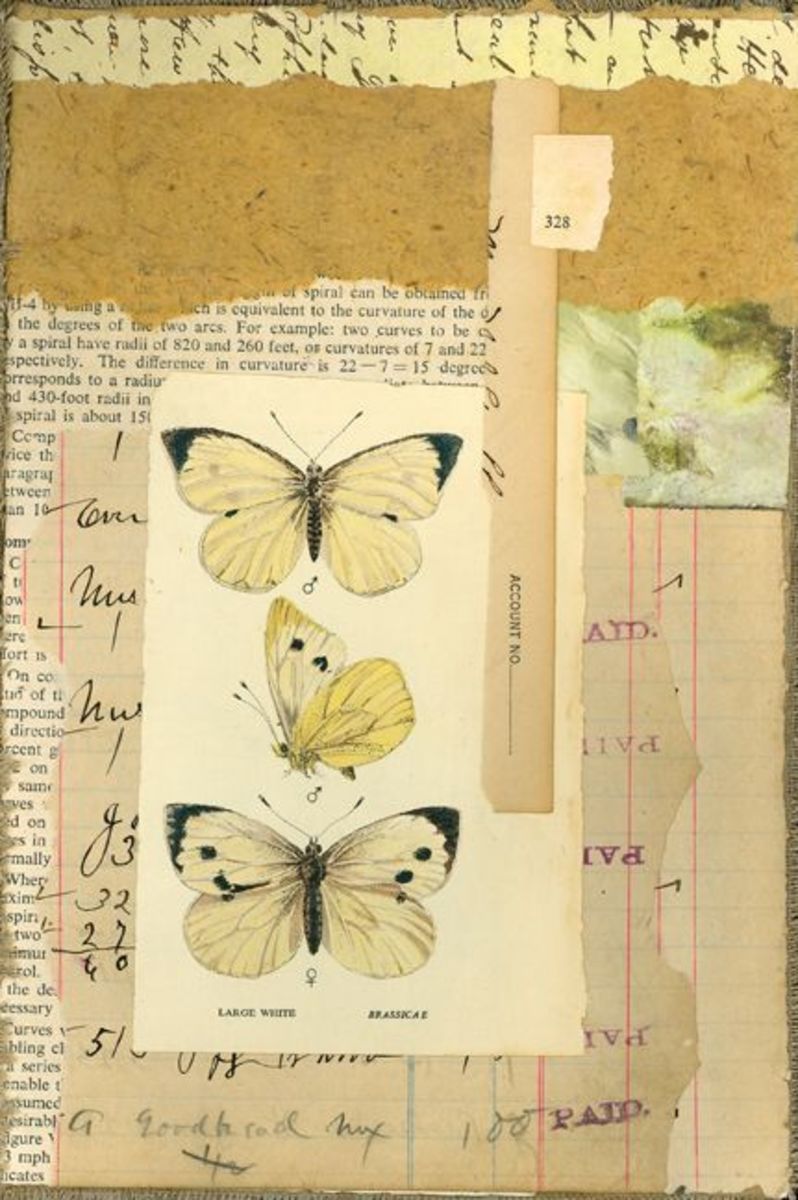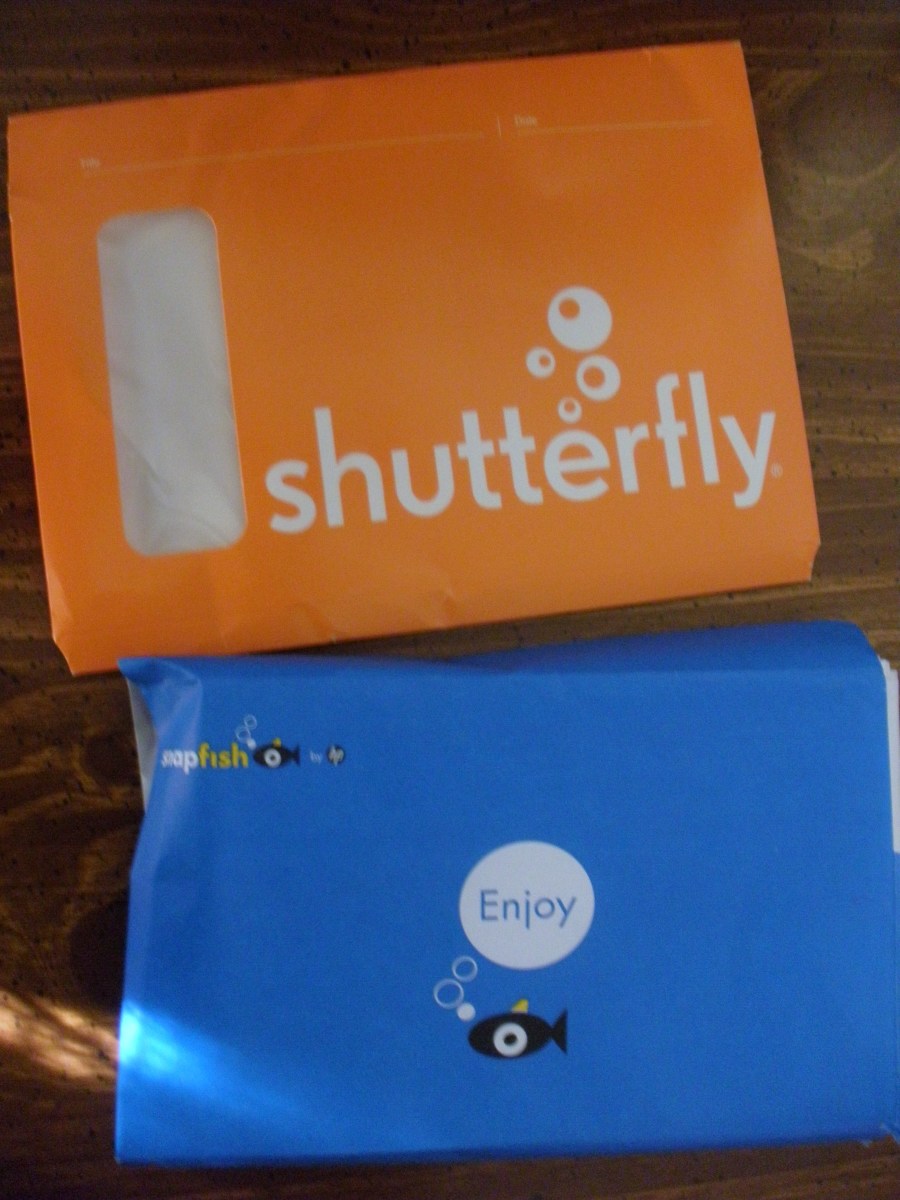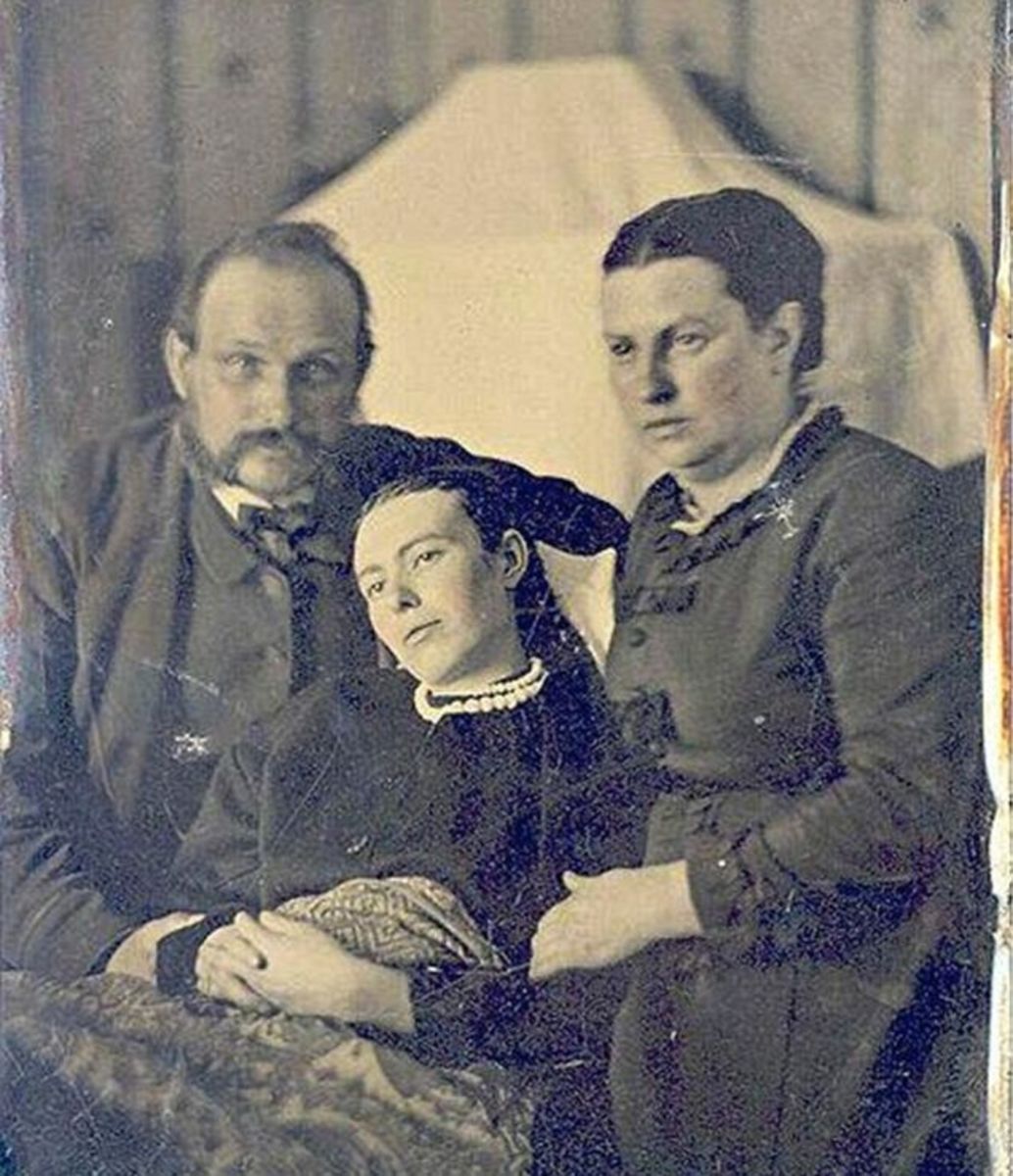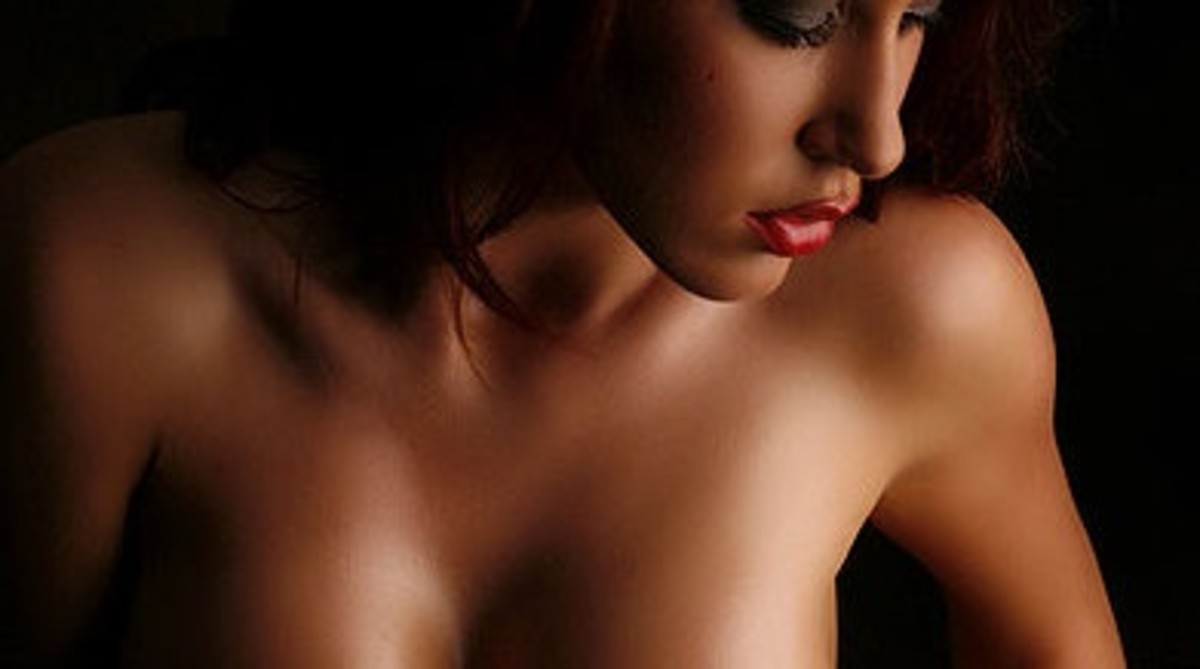Photo Series-Paper Sculptures
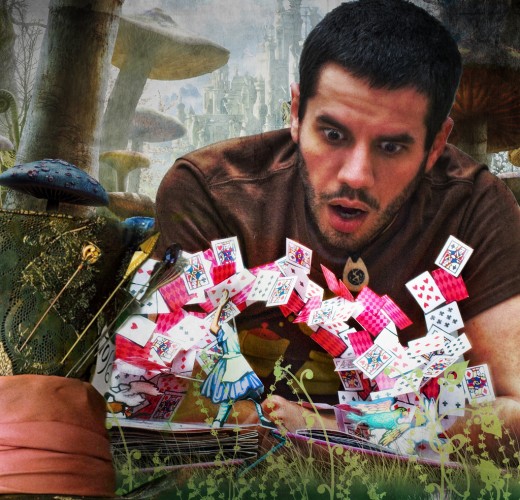
"Moby-Dick; or, The Whale is a novel by Herman Melville, first published in 1851. It is considered to be one of the Great American Novels and a treasure of world literature. The story tells the adventures of wandering sailor Ishmael, and his voyage on the whale-ship Pequod, commanded by Captain Ahab. Ishmael soon learns that Ahab has one purpose on this voyage: to seek out Moby Dick, a ferocious, enigmatic white sperm whale. In a previous encounter, the whale destroyed Ahab's boat and bit off his leg, which now drives Ahab to take revenge."Wikipedia
The imagination can be something that is absolutely beautiful and imagination can also be a powerful factor in how we as humans develop and live our lives.
Often the pages from a book so engross us in its contents that we"step" outside of reality and are "magically" transported to that place or time where the story and its author have chosen to take us.
Once we give free reign to our thoughts, then there is no telling "where we can find ourselves." This is one of the main purposes of this theme; to allow the mind to wander and be visually stimulated by the characters and scenes we portray.
A photographic project revolving around capturing these images is a well worth it project and may lead someone to take up reading, at least I have seen this in my students and in my own children.
For such a project the main ingredients are the silhouettes or made up shapes/effigies of the main characters in the book or even an important element in it. For example if you were to focus on the Moby Dick literary masterpiece you would make a cut out shape of the whale, perhaps even paint it completely white, and prop it against the open pages of the book.
Keep in mind that although it works better if you use the actual book from where the cut outs are being taken, this is not necessarily crucial, most any similar book in volume will do. The reason for using the same book is that it allows you to compose some shots that feature its cover and this can enhance the general shoot.
You just cannot simply make cut outs and photograph them, the theme is to photograph individual elements of the book interacting with it, like a sailing ship navigating the pages.
The sculptures do not have to be very elaborate but they do have to capture at least the basic shape of the figure that you intend to portray. If you can get creative then do so and the best way is to use creative lighting and be very detailed with your paper cut out designs.
A better effect is achieved if you make these cut outs form actual pages not from the main book but from some other than you really do not care for, even from a newspaper article but magazine pages work better. Keep in mind to add some support to the back so that the figures are able to be propped up.
If you cannot do the cut outs yourself or find it difficult to do, then an variation is to use toy figures in their place, although this detracts from the theme they are a viable alternative.
First find the literary work that will form the basis of your photography and by using a sharp Exacto knife, proceed to make the cut outs that you have decided upon. It helps if you draw them on a piece of paper first and cut afterwards.
Tooth picks are very good in propping your paper sculptures and so are the little flat sticks usually found in ice cream bars but better bought from an arts & crafts supply store. Make sure to have some glue in hand also as well as scissors.
If you think that you have seen this type of art before, you probably have if you have seen a pop up book, typically designed with children in mind and very popular in their heyday.
The set up is fit for a studio where you can control the light and get creative with it. Use a photo snoot to direct a narrow and concentrated beam on the subject and try to leave all other outside elements in semi darkness. This way you direct the eye to your main focusing point and leave little room for distracting elements to creep in the plane of view.
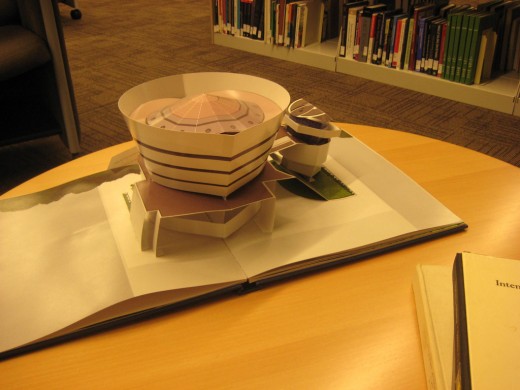
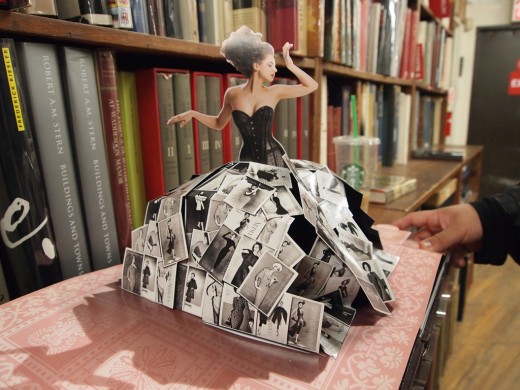
Making a Pop Out Book
Pop Up Book Masterpieces
© 2013 Luis E Gonzalez


